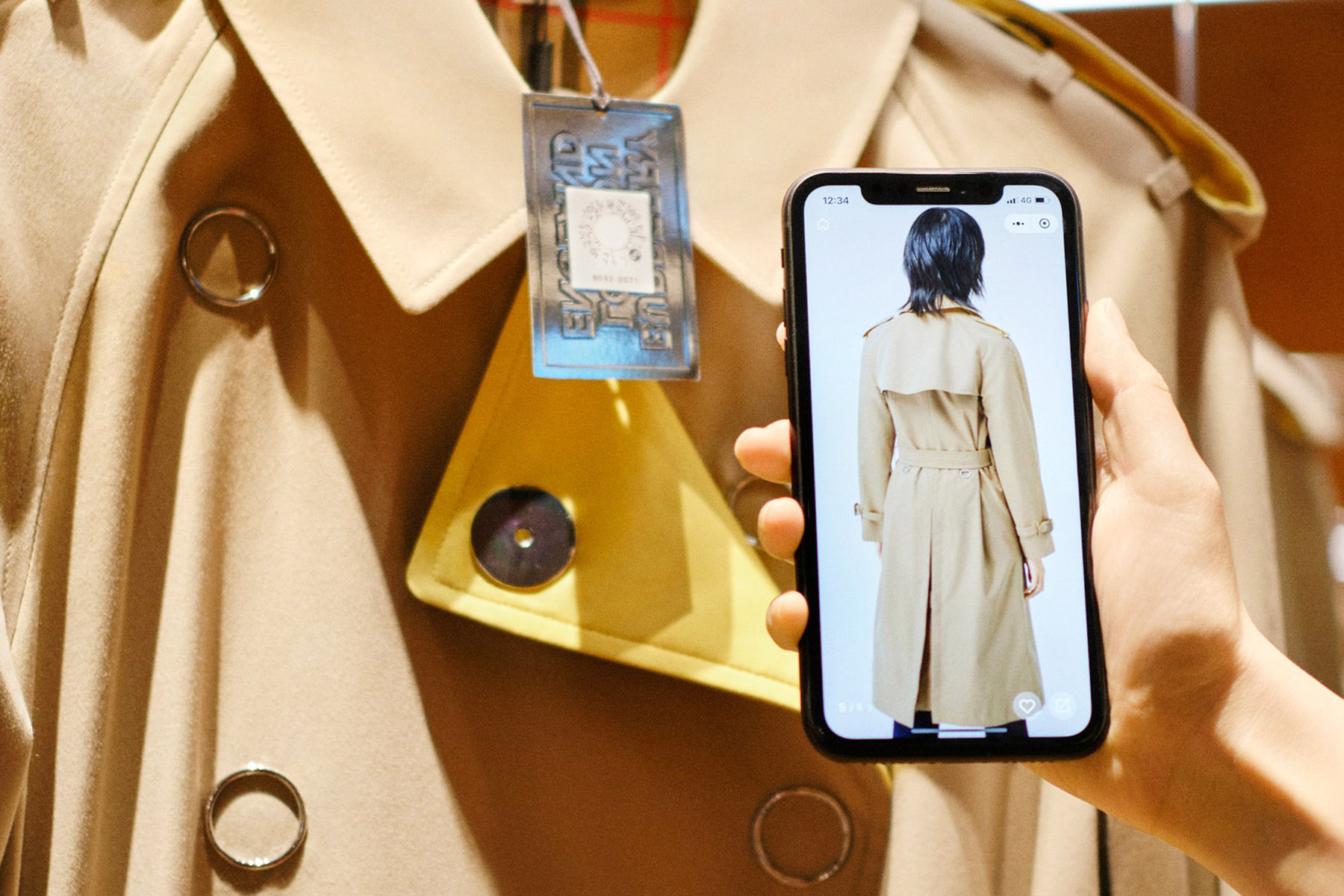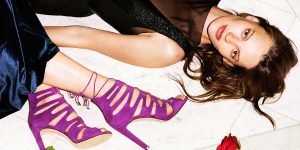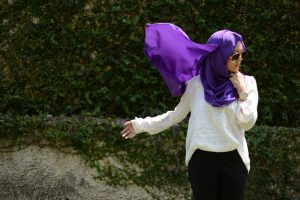The dreadfully long year that was 2020 has finally passed. We can now look forward to carefree shopping at our favourite retail outlets, perusing the latest collections in person and attending fashion shows again — or can we?
Realistically speaking, the short answer is no. But most of us already saw this coming. The pandemic isn’t stopping anytime soon, and even after enough of the public has received the Covid-19 vaccine, the fashion industry isn’t likely to bounce back to what it was before.
In some ways, the pandemic has shown us the blatant hedonism we have allowed ourselves to partake in all in the name of fashion. Don’t get us wrong; there’s nothing inherently amiss about retail therapy and glitzy industry-related events. It’s the unjustifiable excess and unsustainable practices of some – brands and consumers alike – that demand a reckoning.
Thankfully, there has been progress on the digital front in the past year, spanning virtual shows to digital pop-ups. A number of fashion houses have also launched e-commerce platforms to keep up with local demand. Here are some of the digitalisation efforts brands have undertaken so far, which we can expect to see more of in 2021.
Phygital shows
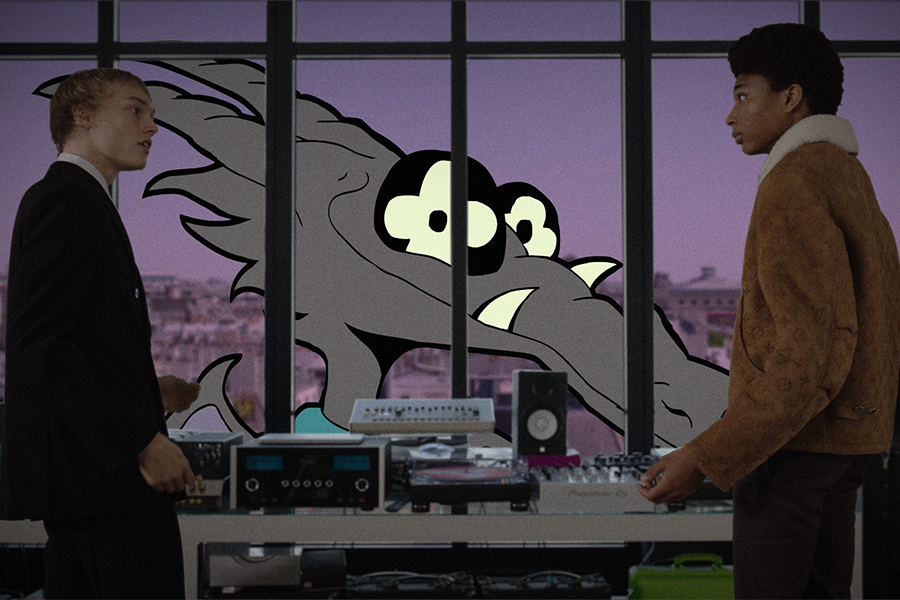
With the fate of Fashion Week hanging by a thread at this point, most brands will likely continue to present their collections in a virtual format (or phygital as it has come to be known), albeit some still choosing to proceed IRL with strict regulations. Last year, the likes of Fendi, Prada, Ferragamo and all of London Fashion Week opted for digital presentations for SS21. Meanwhile, Balmain, Chanel, Dior and Louis Vuitton went on with socially-distanced physical shows in Paris.
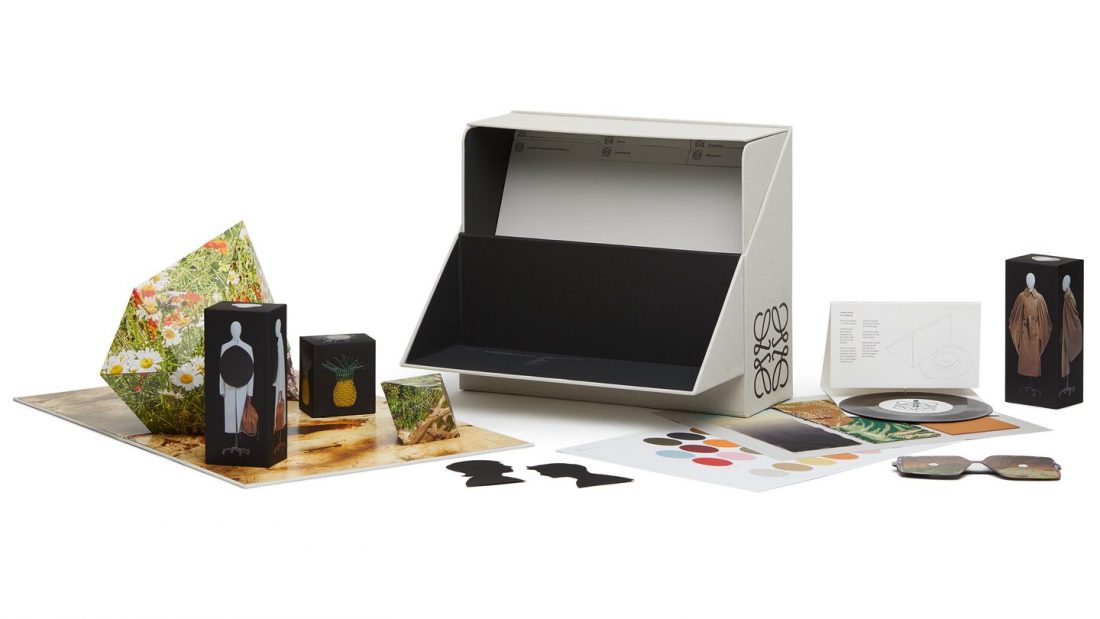
The shows that really caught our attention though, were those that used the opportunity to explore different formats of presentations. Kim Jones’ collaborative video with artist Amoako Boafo for Dior Men’s SS21 collection stood out for its cultural dialogue that followed timely in the wake of the #BlackLivesMatter movement. Elsewhere, Jonathan Anderson cleverly injected a personal touch into his SS21 men’s collection for Loewe with a “show-in-a-box” concept.
If other brands have been paying attention, we’re hoping to see more innovative constructs in the coming seasons. As of time of writing, NYFW dates are still yet to be confirmed, whilst Milan and Paris’ men’s calendars are set for January 15 to 19 and January 25 to 28, respectively. As for London, the British Fashion Council has scheduled three genderless fashion weeks for February, June and September.
You may also like: Is Fashion Week still relevant in a post-pandemic world?
Digital initiatives
Fashion shows aside, brands are now relying on digital concepts to drive consumer engagement. Think virtual showrooms, AR and VR experiences and digital pop-up stores that can be accessed online or via an app.
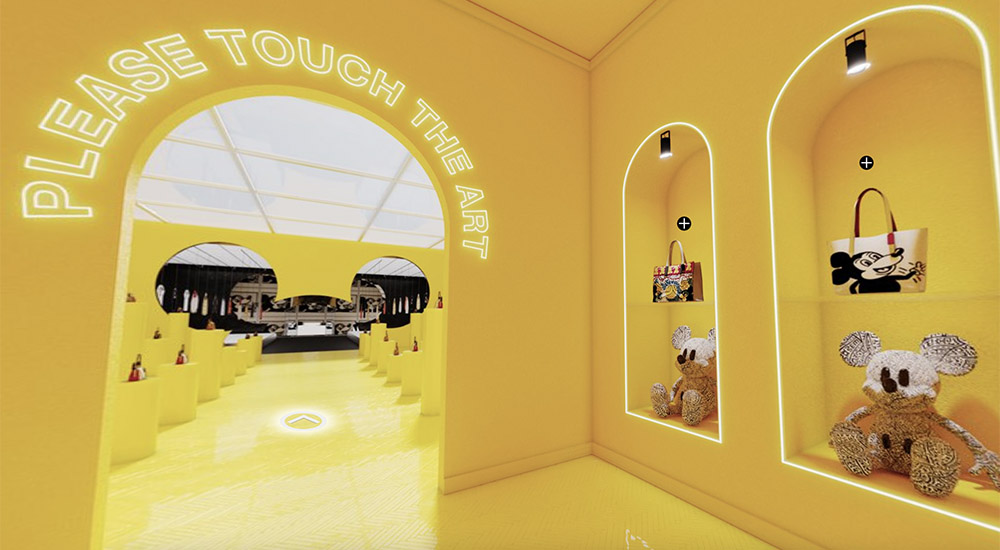
One prime example is Burberry’s first luxury social retail store launched last July, merging the physical and digital shopping experience with social currency and exclusive in-app services. To celebrate its Disney X Keith Haring collection, Coach introduced an interactive digital concept aka Exploratorium combining a virtual showroom with special video content and social media experiences, such as Instagram filters and a Spotify playlist.
Likewise, Dior has also unveiled several Instagram filters and original Spotify playlists, on top of a podcast for children, a digital version of the Dior par Christian Dior book and an AR gifting experience for the recent festive season.
Related: Fashion shows are so passé: Here are the new trends narrating luxury fashion
E-commerce platforms

While digital shows and experiences serve to keep these brands top of mind among consumers, they can only meaningfully translate into sales through e-commerce. With lockdowns still in effect for the foreseeable future in certain parts of the world, brands are forced to digitalise or die from dismal store traffic.
Yes, major markets such as the US, UK, Europe and China have long enjoyed shopping directly on brand websites; but smaller markets like Malaysia cannot be neglected for these brands to stay afloat. Previously, some brands have relied on a larger marketplace like Net-a-porter or Saks Fifth Avenue. But this option lacks a personalised brand touch and exclusive services that set the luxury experience apart.
Louis Vuitton lucked out for having launched its online store less than a year before the outbreak. Months after it wreaked havoc, Coach and Kate Spade New York started introducing delivery services. Recently, Longchamp and Fendi have also jumped on the bandwagon. We can expect to see this trend continue this year – albeit long overdue.
What are you most looking forward to for the fashion industry?


